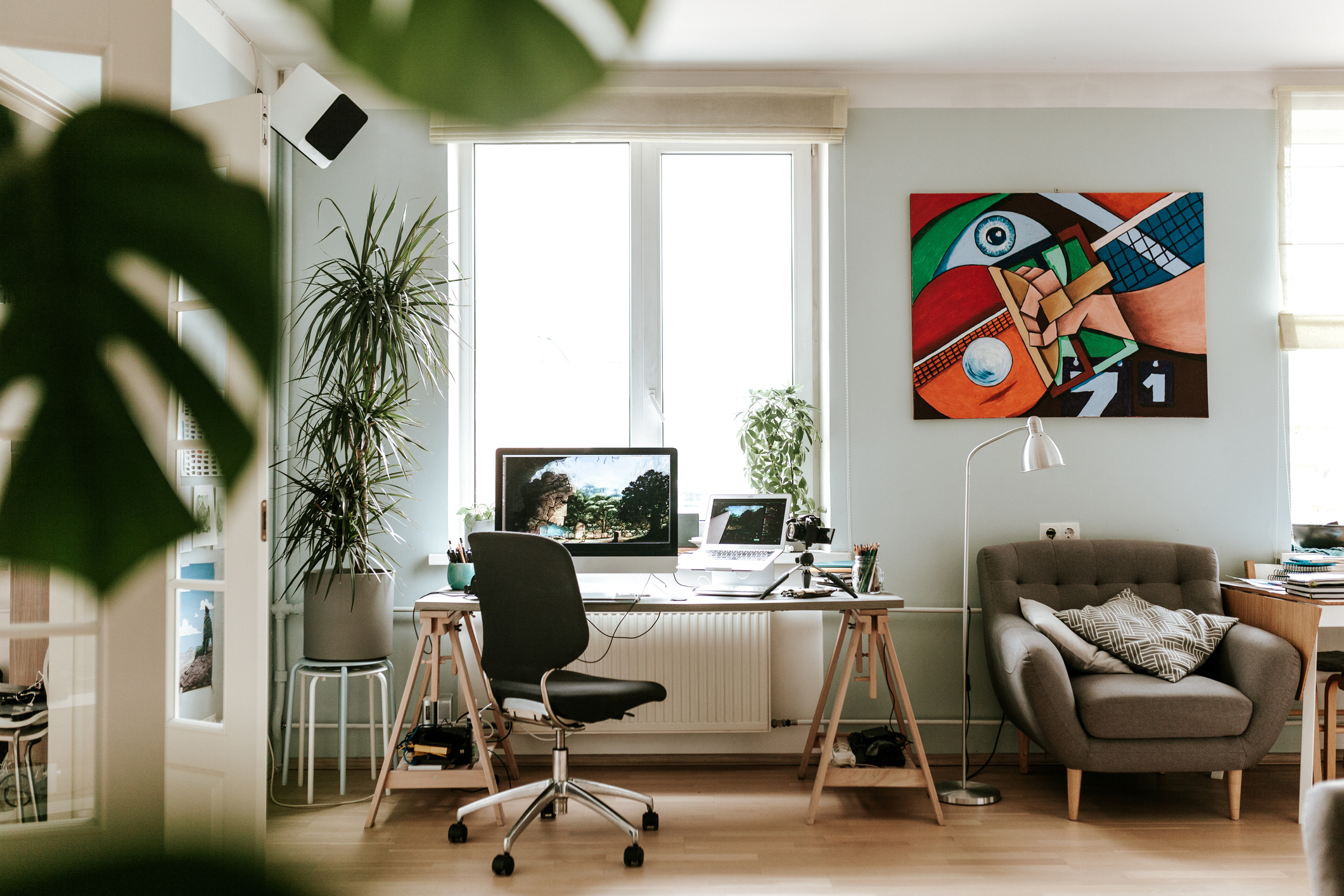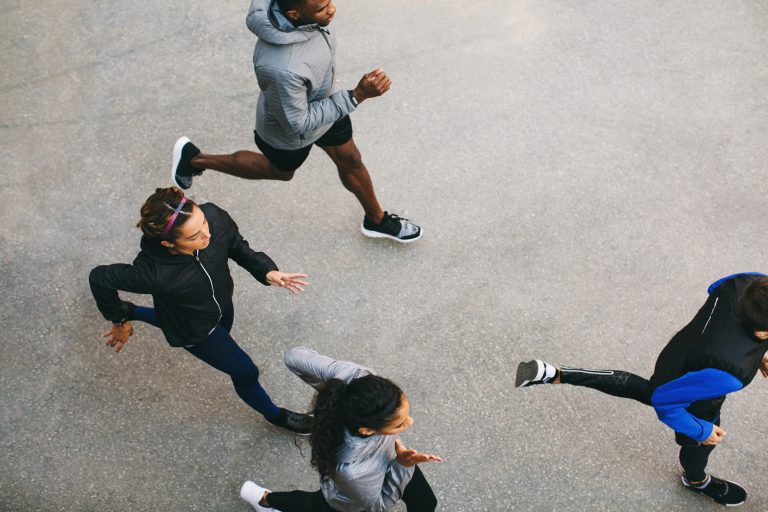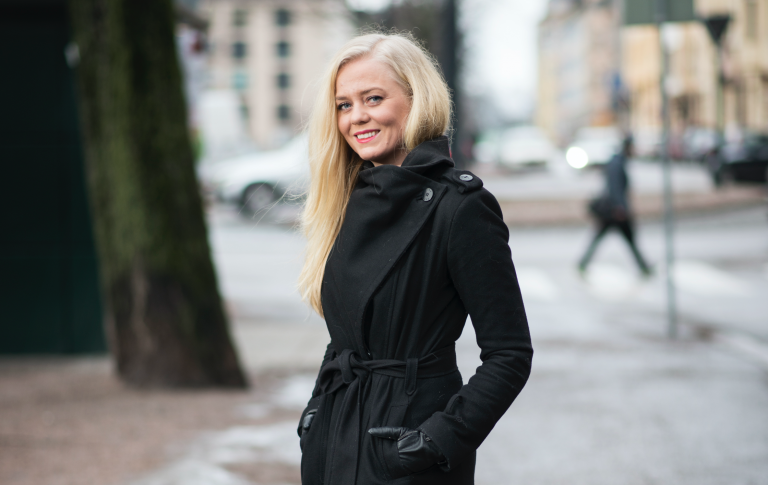Rekindling Creativity and Energy – How to Find Creativity/Productivity Balance in a Dull, Remote World

It’s 5 pm and I tick off the last task of the day. I stretch in my kitchen chair, pleased with my progress. I, and the world with me, have proved that remote work can be productive work. Yet, I’m feeling low on energy. This puzzles me: achievement usually energises me – productivity is my drug. I glance down my list of outstanding tasks until I reach “Write a blog post” and “Plan new content”. That’s when it hits me: I’m feeling low on energy because I’m missing the creative spark.
My productivity is fine, but deprived of social interaction, events, and informal chats, the creative spark has gone missing. I’m not alone with this feeling; I’d argue it’s one reason why lockdown is getting to so many, and employee engagement is declining. So I wonder: how can we rekindle creativity and energy in a dull, monotonous remote world?
The human productivity ideal
Our society prides itself on efficiency: we want more, faster. We speed-read, speed-date, speed-learn. There’s multi-tasking, rapid development, and quick wins, and we admire Tim Ferriss who can do anything in 4 hours. This human productivity-ideal has its roots in the industrial era. As factories sprung up in the 19th century, engineers and managers started maximising output by meddling with input: machines and raw materials.
With concepts like “throughput”, “schedules”, “batch sizes”, and “parallel processing”, the industrial world flourished. This productivity-ideal was then extended from machines to humans. We got concepts like “time management”, “task lists”, “work streams”, “multi-tasking”. Different context, same ideas. And for a long time, productivity has been the main metric of modern knowledge work, too.
Productivity was the biggest concern a year ago when Covid lockdowns hit. Companies around the world, many strongly opposed to remote work in the past, worried productivity would plummet without managerial oversight. But the world rallied, and we proved the doubters wrong: remote work did not destroy productivity. In fact, less commuting and travelling meant more time for work, and in one Harvard study the number of hours worked even increased by 10-20% in the pandemic.
The “productivity prison”
I’ve always loved it, productivity. You know that feeling when you tick a task off your to do list? That sense of achievement, of control? I adore that feeling. I admit, I sometimes add things I’ve already done to my list, for the mere satisfaction of ticking it off. But I’m also a prisoner of my productivity. The more my brain gets stuck in productivity mode, the less it ventures into unexplored, creative avenues. The more I get done today, the less I pause to rethink tomorrow. Don’t get me wrong: it’s often good to focus on getting things done, but over time, it lessens the likelihood of spur-of-the-moment innovation.
Over the past year, this “productivity prison” has become more evident to me – and I’m not alone. Nicholas Bloom, economics professor at Stanford University, says that when business leaders approach him to discuss his research on remote working and productivity, productivity itself is not the biggest issue – creativity is.
The downsides of the prolonged pandemic are now starting to show in employee data. In a longitudinal study of 750+ Finnish knowledge workers, metrics on burnout and boredom at work have been steadily rising throughout the pandemic. Interestingly, feelings of flow at work improved when the pandemic began, but have now taken a sharp turn to slightly below pre-pandemic levels. In short, we’re now worse-off on almost all metrics.
Don’t get me wrong – productivity is not dead. But the productivity-ideal is like a remnant of a different era – one that doesn’t fully fit modern work. To feel energised at work and outside it, it’s not enough to have productivity – we also need creativity.
What is creativity? Fresh ideas and focus.
Personally, I’ve made productivity/creativity balance my theme for 2021. I don’t imagine it’ll happen as a sudden lightning strike of creativity. Rather, I’ll try different things and, hopefully, by the end of the year, I’ll have sparked a series of creative glimmers at the very least.
So what is creativity? Anna Abraham, author of “The Neuroscience of Creativity” says that creativity has two central elements. First, creativity is “our capacity to generate ideas that are original, unusual or novel”. Second, these ideas need to be contextually appropriate. Harvard Business School professor Teresa Amabile says “appropriateness” may be tricky: “In physics, an idea cannot be considered creative unless it works. But in other domains — the arts, for example — appropriateness is quite a different thing.”
My biggest struggle is with the first element: generating fresh ideas. Normally, just living in a big city promotes creativity because “close contact with other humans breeds new ideas”. Bummer. I’m probably not alone in finding few fresh ideas on my daily commute between my bedroom and kitchen table. No chance encounters, no informal chats, no new people, and limited ways of virtually recreating the rich sensory experience of walking into a new place and being hit by sounds, smells, colours, atmosphere. Deprived of sensory stimulation, we’re also deprived of the very essence of creativity: random ideas and connections. Seen this way, the most creativity inducing thing I’ve done recently has been watching French Netflix-series instead of Hollywood ones. Not bad, but not enough.
But creativity is not only idea generation, it’s also idea development. Alf Rehn, professor of innovation, says: “Creativity is a careful balance of generating an idea and working on it, a balance of working together and alone”. This is why, when lockdowns first hit, the solitude of the home office prompted an author to say: “Lockdown could turn out to be one of the most creative times for humankind”. Ironically, that’s no longer the case. This is my second struggle: with few natural breaks during the workday, it easily becomes one long stretch of back-to-back Zoom meetings. While creativity may flourish in solitude, it does not flourish in 15 minute breaks between calls.
Finding Productivity/Creativity balance
So if creativity is the capacity to generate fresh ideas and focus to work on those ideas – what can one do today, despite lockdowns? Here are six ideas I’m starting from:
1. Re-connect with old acquaintances – New people are a great source of creative raw material, especially ones with a slightly different perspective. So I’m re-connecting with old acquaintances with an open agenda (no work-talk, no kids-talk, please) – I’ve recently spent blissful hours discussing the pains of writing autofiction, and the philosophical implications of black holes.
2. “Discussion” as a meeting type – We’ve introduced a new meeting type at work: Discussion. Discussions are free-flowing forums for important, non-urgent topics. The topic may not be well-structured (yet) and hence Discussions do not have a fixed agenda or action points. The important thing is to start the discussion, generate ideas, and see where it leads.
3. Block time for deep work – To avoid creativity-death-by-Outlook, I’ve booked recurring blocks in my calendar for focused work: Monday afternoons, Thursday mornings, and Friday all-day. No meetings, no email, no Slack. While all my other meetings are blue, these are green – just seeing a green session coming up tends to be enough to calm my racing mind.
4. Workout breaks – I admit, I’m rubbish at taking breaks during the day. Pomodoro – never worked. Scheduled breaks – forget it. Spontaneous breaks – are you kidding? So I’m surprised and pleased I’ve found what works: workout breaks. Short, high-intensity, as-many-reps-as-possible workouts timed to perfection: I can fit in a workout, a shower, and a change of clothes in 15 minutes between calls. My brain gets a rest, and my productivity addiction is not wasted.
5. 10-minute free writing – This is a brilliant practice I’ve recently taken up: Shut off all distractions, open a new Word file, set an alarm for 10 minutes, and just start writing (or drawing) – no edits, no judgment. This gives me a first draft, and it’s surprising how much can be put to paper in a mere 600 seconds.
6. Embrace the discomfort of being unproductive – This is the most difficult one for me. While productivity gives immediate satisfaction, creativity is the opposite. Creativity is often, in the moment, uncomfortable, painful, unproductive, torturous – and often to no avail. That feeling of staring at a page thinking “this is useless”, is heart-wrenching. So my biggest challenge is not the work itself, but embracing the discomfort of being “unproductive”. Because I know that while not every session of deep work will result in brilliance, opening the door to creativity and steadily turning up is the only way of luring out those small creative glimmers. And with that rediscovered spark, one can hopefully reignite the energy us humans have been hard-wired to crave and seek from novelty – a scarce, but not lost resource in a remote world.



